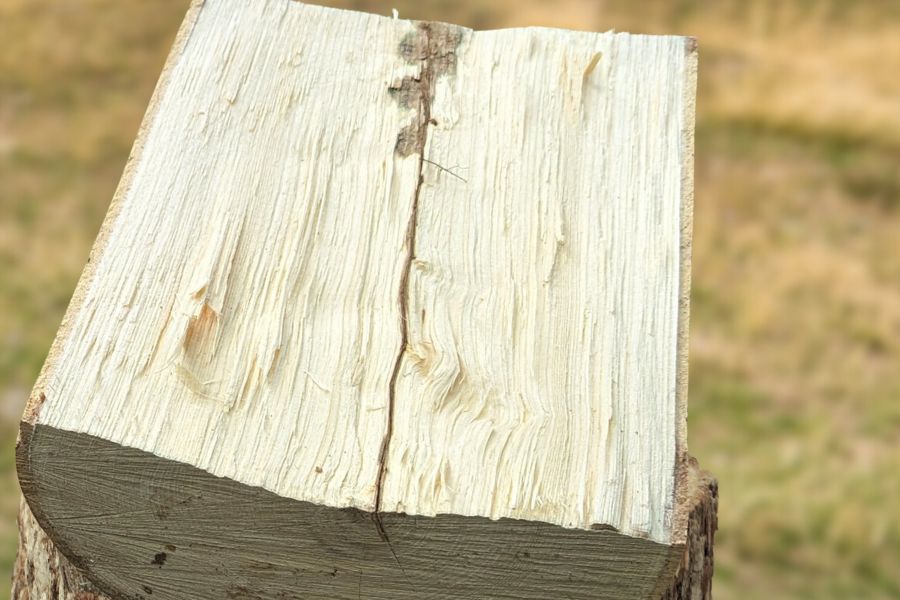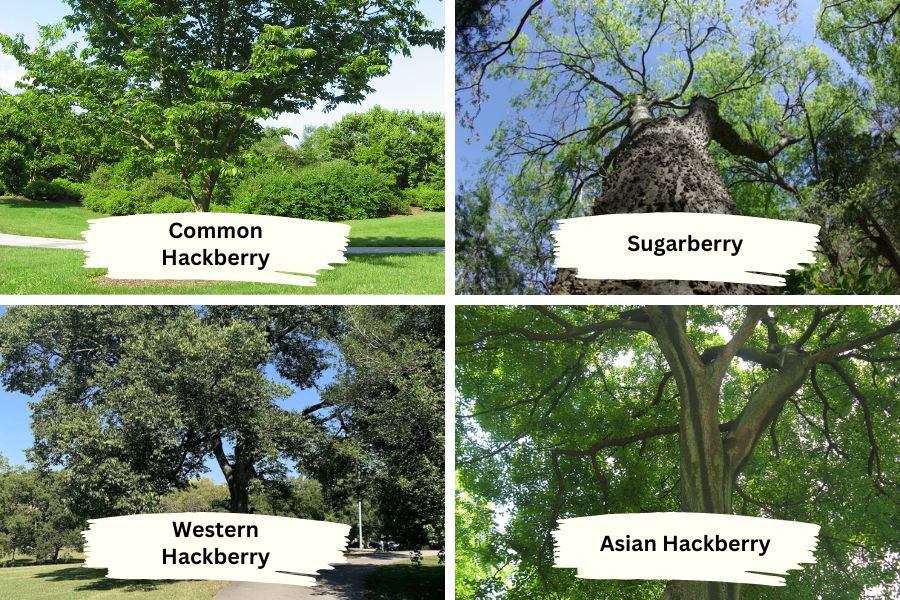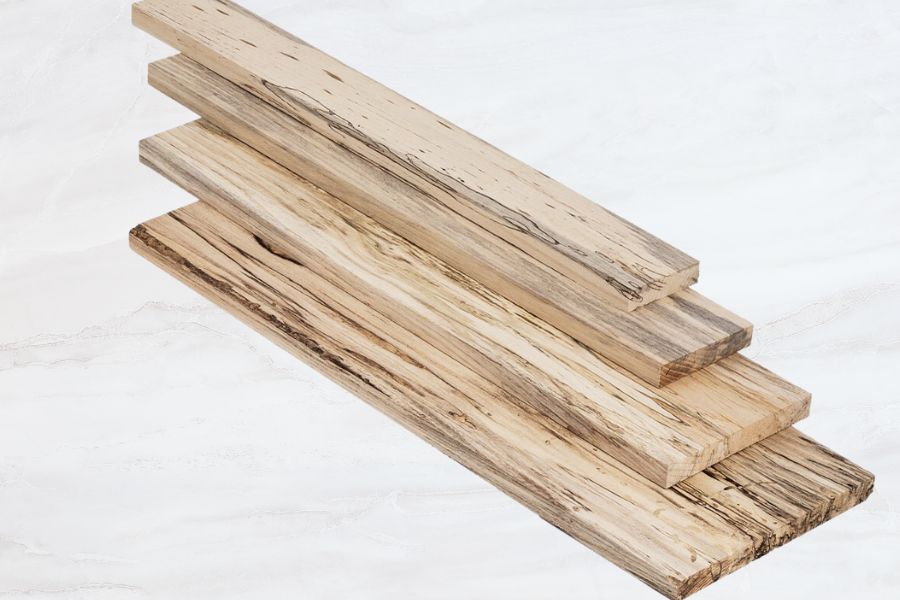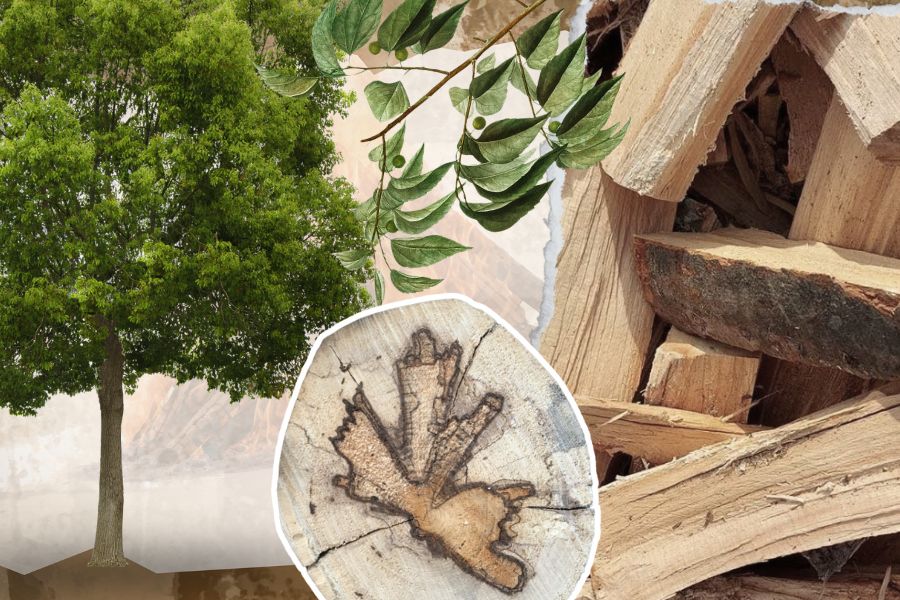Firewood is an essential resource for heating and cooking, and choosing the right type can significantly impact efficiency and satisfaction. One such option is hackberry firewood.
In this article, we will explore the qualities of hackberry good firewood the qualities and provide valuable insights into its properties, uses, and considerations.
What Is Hackberry?
Hackberry (Celtis spp.) is a tree species known for its unique characteristics and versatility.
These deciduous trees typically reach 30 to 60 feet in height, with a rounded crown and a grayish-brown bark.
Hackberry trees are commonly found in North America and thrive in various habitats, including woodlands, riverbanks, and floodplains.
Heat Output and Hackberry Efficiency

Hackberry firewood offers a respectable heat output that can effectively warm residential and commercial spaces. The specific heat output of hackberry firewood may vary depending on factors such as moisture content, wood density, and overall quality.
Hackberry wood has a moderate to high energy content, meaning it can produce significant heat when burned. When properly seasoned and used in appropriate heating appliances, hackberry wood generates flames that provide ample warmth and create a cozy fireplace ambiance.
Efficiency refers to how effectively firewood converts its energy into heat. In terms of efficiency, hackberry firewood performs well and can efficiently heat spaces when used correctly.
To maximize efficiency, it is crucial to ensure that the firewood is properly seasoned. Wood with high moisture content requires more energy to burn off the excess moisture, reducing its efficiency. Therefore, it is essential to allow hackberry firewood to dry adequately and reach a moisture content of around 20% or less before use.
Common Varieties of Hackberry Used for Firewood
When using hackberry logs for firewood, several common varieties of best wood are suitable:
- Common Hackberry (Celtis occidentalis): Known for straight trunks and fast growth, it provides a good balance of heat output and burn quality.
- Sugarberry (Celtis laevigata): Primarily found in the southern United States, it offers similar characteristics to Common Hackberry.
- Western Hackberry (Celtis reticulata): Native to western North America, it provides decent heat output and burn quality.
- Asian Hackberry (Celtis sinensis): Introduced from Asia, it can be used for firewood with satisfactory heat output.
Consider the availability of these varieties in your region and ensure proper seasoning and preparation for optimal burn quality minimal smoke, and efficiency.

Ease of Splitting Hackberry Wood
Regarding easy-to-split firewood, hackberry wood falls within the moderate range.
While it may present some challenges due to its density, proper techniques and tools can make the process more manageable.
Using a quality axe, wedges, or a hydraulic splitter can help ensure successful splitting.
Hackberry Sap and Messiness
Unlike some other tree species, hackberry trees do not produce excessively messy sap. While they may have sap content, it is not a significant concern for users.
The sap of hackberry is generally manageable and does not pose as much heat a significant challenge during the processing and burning of the firewood.
Comparing Hackberry to Other Trees
When comparing hackberry good firewood to other commonly used types of firewood, it’s essential to consider various factors such as burn quality, heat output, smoke production, and creosote buildup.
Let’s explore how Hackberry stacks up against some popular firewood options:
Hackberry vs. Oak
- Heat Output: Both Hackberry and Oak produce comparable heat output, providing efficient warmth.
- Burn Quality: Hackberry and Oak offer excellent burn quality, with steady and long-lasting flames.
- Smoke Production: Hackberry and Oak produce moderate levels of smoke, requiring regular chimney maintenance.
- Creosote Buildup: Hackberry tends to produce less creosote buildup compared to Oak, reducing the risk of chimney fires.
Hackberry vs. Maple
- Heat Output: Hackberry and Maple have similar heat output capabilities, ensuring effective heating.
- Burn Quality: Both Hackberry and Maple burn well, generating consistent and even flames.
- Smoke Production: Hackberry and Maple exhibit moderate smoke production, necessitating proper ventilation and chimney maintenance.
- Creosote Buildup: hackberry tree firewood generally produces less creosote buildup compared to Maple.
Hackberry vs. Pine
- Heat Output: Pine firewood generally has a lower heat output compared to Hackberry.
- Burn Quality: Hackberry tends to burn more steadily and evenly than Pine, providing a longer-lasting fire.
- Smoke Production: Pine firewood produces more smoke than Hackberry, requiring good airflow and proper maintenance.
- Creosote Buildup: Pine firewood can contribute to higher creosote buildup, necessitating regular chimney cleaning.
Hackberry vs. Ash
- Heat Output: Ash firewood has a slightly higher heat output than Hackberry.
- Burn Quality: Both Hackberry and Ash offer excellent burn quality, with consistent and long-lasting flames.
- Smoke Production: Hackberry and Ash produce moderate levels of smoke, requiring proper ventilation.
- Creosote Buildup: Hackberry tree wood generally produces less creosote buildup compared to Ash.
Aroma of Hackberry Firewood
One of the notable characteristics of burning hackberry firewood is its pleasant aroma when burned in wood stove.
The wood emits a unique fragrance, often described as sweet or slightly fruity.
This aromatic quality of very little smoke also adds an enjoyable element to the ambiance when using hackberry firewood.
Suitable Burning Locations for Hackberry Firewood
Hackberry firewood can be split wood burned in various heating appliances, including fireplaces, wood stoves, and outdoor fire pits.
Its versatility allows users to enjoy the warmth and benefits of Hackberry in different settings, both indoors and outdoors.
Moisture Levels of Hackberry Firewood
Maintaining appropriate moisture levels in hackberry firewood is crucial for efficient burning. Ideally, the moisture content should be around 20% or less for optimal performance.
Higher moisture levels can lead to decreased heat output, increased smoke production, moderate heat output, and difficulty in igniting the wood.
Other Common Uses of Hackberry

Hackberry wood serves purposes beyond firewood. Its durability, strength, and attractive grain make it suitable for various other woodworking projects, such as furniture, cabinetry, and flooring.
Additionally, Hackberry timber is used in the production of tool handles, fence posts, and even musical instruments.
Seasoning Hackberry Firewood
Seasoning hackberry firewood is crucial to optimizing its burn quality and efficiency. On average, good firewood requires approximately 6 to 12 months of seasoning.
It’s essential to allow the wood to dry properly, reaching a moisture content of around 20% or less before use.
Testing the wood’s readiness can be done by checking for cracks, a lighter cordwood weight, and a hollow sound when two pieces are tapped together.
Seasoning Duration for Hackberry Firewood
Hackberry firewood typically requires 6 to 12 months of seasoning to ensure the best burn quality.
During this time, the wood should be properly stored in a dry and well-ventilated area, protected from moisture and pests.
Patience during the seasoning process will reward users with optimally seasoned firewood.
Quality Coals and Importance
One of the significant advantages of hackberry firewood is its ability to produce quality coals. This is crucial for sustained heat, extended burning time, and efficient use of firewood.
Quality hardwood and coals allow for more controlled and even heat distribution, making Hackberry firewood an excellent choice for cooking and heating needs.
Tips for Seasoning Hackberry Firewood
To effectively season a stack of hackberry firewood, consider these essential tips:
- Cut the wood into manageable lengths.
- Stack the wood in a well-ventilated area, such as a woodshed or covered stack.
- Elevate the wood off the ground using pallets or rails to prevent moisture absorption.
- Allow for proper airflow between the pieces by spacing gaps evenly.
- Cover the top of the stack with a tarp or roof to protect it from rain or snow while still allowing air circulation.
Pros and Cons of Burning Hackberry Firewood
Using hackberry good firewood offers numerous advantages, including its satisfactory heat output, pleasant aroma good wood has, and versatility.
However, it’s important to consider potential drawbacks, such as the moderate difficulty in splitting how easy to split the wood and the need for regular chimney maintenance due to low smoke and production.
Weighing these pros and cons will help users make informed decisions based on their specific needs and preferences.
Best Time to Chop Hackberry for Firewood
We recommend chopping hackberry trees for firewood during late fall or early winter for optimal results.
During this time the wood burns out, the sap content is lower, and the wood has had sufficient time to dry and season.
Additionally, chopping hackberry trees during this period allows for ample time to prepare the firewood for the following heating season.
Identifying Hackberry Tree
Identifying hackberry trees can be done by observing their distinct characteristics.
Hackberry trees typically feature grayish-brown bark with cork-like ridges. The leaves are oval-shaped with serrated edges, and the branches have a zigzag pattern.
Identifying these features will help you confidently recognize hackberry trees for firewood purposes.
Conclusion
Hackberry firewood offers a range of benefits and qualities that make it a viable option for heating and cooking needs.
With its fire characteristics, commendable heat output, pleasant aroma, and versatility, hackberry good firewood can enhance the ambiance and efficiency of any fire.
Users can confidently utilize hackberry logs and enjoy its advantages throughout the seasons by understanding its properties, uses, and considerations.






